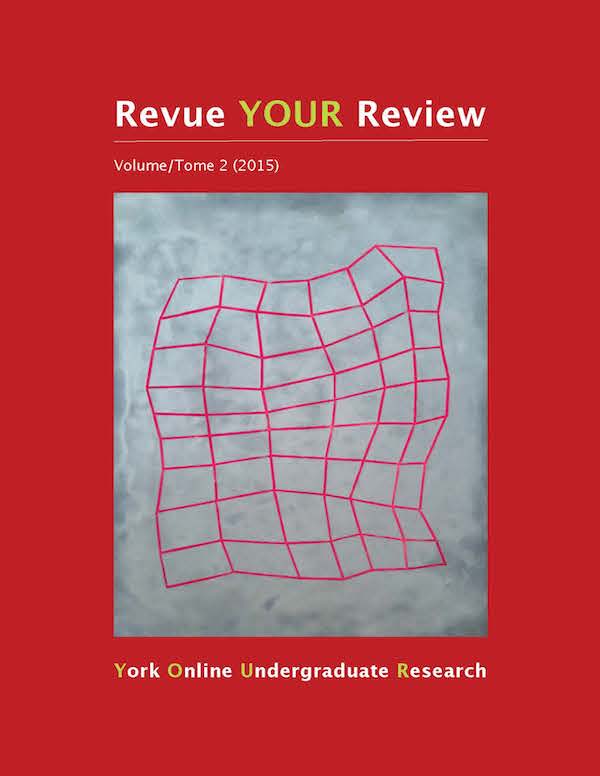Una identidad caribeña: Representada simbólicamente por el sincretismo religioso en la literatura y cinematografía contemporánea [A Caribbean Identity: Symbolically Represented by Religious Syncretism in Contemporary Cinema and Literature]
Abstract
This essay analyzes the religious syncretism of the Caribbean and identifies it as an essential part of its multidimensional and syncretic identity. Through the analysis of the two characters, Nancy and Sirena, of the works Fresa y Chocolate and Sirena Selena vestida de pena, we see the religious syncretism characteristic of the Caribbean and its importance in the development of the characters’ binary identity, which, in turn, serves to exemplify the syncretic identity of the Caribbean itself. In order to formulate this connection, the religious syncretism of Cuba and Puerto Rico, the homelands of Nancy and Sirena, is first illustrated, providing the reader the necessary background of the interconnectivity and syncretism that exists in the religious practices and beliefs of the Caribbean. From there on, the religious acts of Nancy and Sirena are compared and analysed, depicting a clear example of the discussed religious syncretism, through their combined belief in different religions such as Yoruba, Christianity, and “Santería.” Their religious acts lead to the interpretation of the binary identities of the two characters, as we can symbolically compare them with religious figures, important in the Caribbean, who themselves have syncretic identities. Having made these connections, Nancy and Sirena not only illustrate the religious syncretism particular to the Caribbean, but embody its multidimensional and diverse identity, which has developed and become part of its individual and collective character.
Downloads
How to Cite
Issue
Section
License
Authors contributing to Revue YOUR Review agree to release their articles under one of three Creative Commons licenses: Creative Commons Attribution 4.0 International; Creative Commons Attribution-NonCommercial 4.0 International; or Creative Commons Attribution-NoDerivatives 4.0 International. All editorial content, posters, and abstracts on this site are licensed under Creative Commons Attribution-NoDerivatives 4.0 International. For further information about each license, see:
https://creativecommons.org/licenses/
In all cases, authors retain copyright of their work and grant the e-journal right of first publication. Authors are able to enter into other contractual arrangements for the non-exclusive distribution of the e-journal's published version of the article (e.g., post it to an institutional repository or publish it in a book or in another journal), with an acknowledgement of its initial publication in this e-journal.


